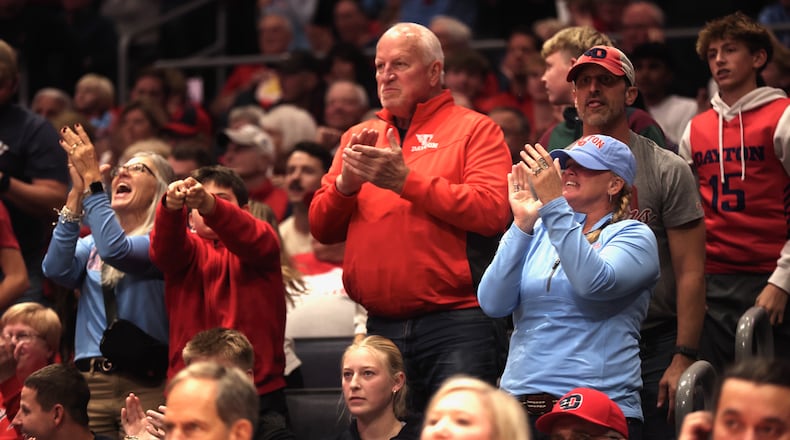The increase was first proposed by the Division I Men’s and Women’s Basketball Oversight Committees in March.
Under the current rules, according to the NCAA, “teams can schedule 28 games with an additional three-game, multiple-team event, for a maximum of 31 games. Teams can also choose to schedule 29 games with a two-game, multiple-team event, again with a 31-game maximum. Or teams can schedule 29 regular-season games without a multiple-team event included.”
Starting in 2026, teams can play 32 games without playing in a MTE.
“The oversight committees noted the Association’s focus on simplifying NCAA rules where possible and determined that the rule change provided greater scheduling flexibility for Division I programs,” the NCAA announced. “The new rule does not require a school to change its regular-season schedule and does not limit the opportunity for multiple team events to operate or exist.”
In other NCAA news:
• ESPN’s Pete Thamel reported Tuesday that the NCAA tournament could expand to 76 teams starting with the next tournament in 2026. The tournament has had 68 teams since 2011 when the First Four was born.
A decision is expected in the coming weeks, according to Thamel.
In May, NCAA President Charlie Baker said the NCAA was talking about expanding to 72 or 76 teams.
“If you have a tournament that’s got 68 teams in it,” Baker told Front Office Sports, “you’re going to have a bunch of teams that are probably among what most people would consider be the best 68 or 70 teams in the country that aren’t going to make the tournament — period — because you get a whole bunch of people who win their conference tournaments who aren’t in that group. So, the point behind going from 68 to 72 or 76 is to basically give some of those schools that probably were among the best teams in the country a way into the tournament.”
Expanding the tournament has been debated for years. Dayton coach Anthony Grant threw his support behind it before the 2022-23 season.
“I think certainly anytime you can add more opportunities for teams to compete in the postseason, I don’t really see a negative to that,” Grant said. “I don’t think it would impact the quality or the attractiveness of the tournament. I guess the first thought that comes to mind for me is maybe it puts more value on what teams do during the course of the regular season as opposed to everything being based on how you perform over any given random weekend at the end of the year. If that creates more opportunities to get more teams that are more than capable of going into the tournament and winning games, I’d be in favor of that.”
About the Author

